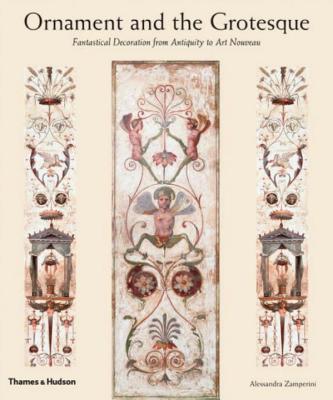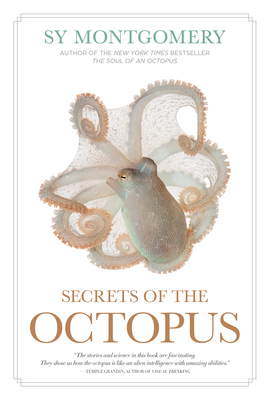
Ornament and the Grotesque: Fantastical Decoration from Antiquity to Art Nouveau
Description
A lavish survey of the grotesque style in European painting and decoration, from Roman times to the late nineteenth century.
In the fifteenth century, the ruins of Nero's Domus Aurea were discovered in Rome. The first explorers to enter the interior of this spectacular palace complex had the sensation of finding themselves in a series of grottoes, and this is why the fanciful frescoes and floor mosaics discovered there were called "grotesques."
A fashionable form of ornamentation in ancient Rome, grotesques consist of loosely connected motifs, often incorporating human figures, birds, animals, and monsters, and arranged around medallions filled with painted scenes. Fifteenth-century artists such as Perugino, Signorelli, Filippino Lippi, and Mantegna copied the ancient Roman examples; the most famous use of the style was Raphael's Loggie in the Vatican Palace, which became immensely famous and influential all over Europe.
This magnificently illustrated book covers the entire history of the grotesque in European art, from its Roman origins through the Renaissance to the late nineteenth century. It illuminates how grotesque decoration was transformed in the seventeenth and eighteenth centuries into arabesque, chinoiserie, and singeries, and how it continued in the nineteenth century, leading eventually to Art Nouveau. 250 color illustrations.

